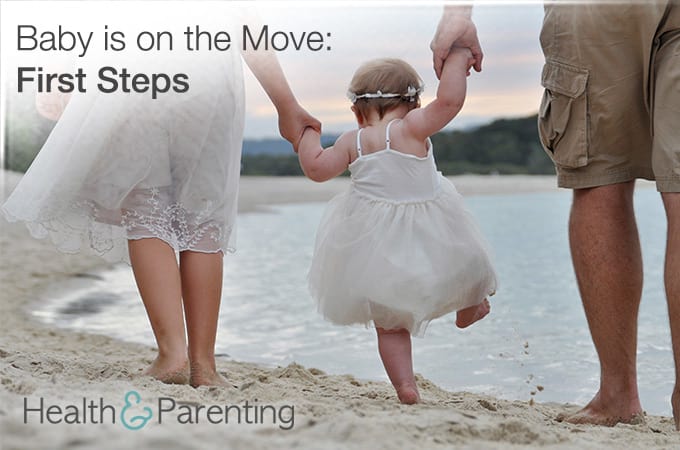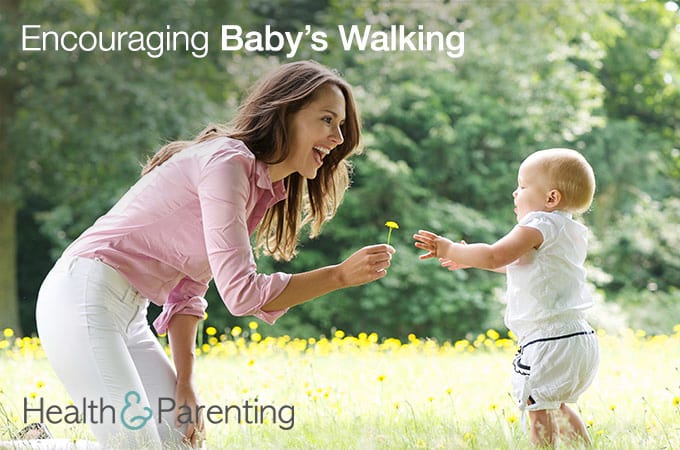Your baby’s first step is an exciting and anticipated milestone. So when can you expect your little one to put one foot in front of the other? It’s hard to say exactly. Babies develop at different rates, which means she’ll go at her own pace.
But in general, most babies take their first step somewhere between nine and 12 months. But if your baby has not taken a step by his first birthday, don’t worry. Some babies are content to sit it out for a little while longer. Plus, even after your baby takes his first step, it still takes a little while for him to master walking. Most babies are walking well by about 15 months.
How Your Baby Learns to Take her First Step
Your baby has been increasing her muscle strength, coordination and balance for a while now. She’ll need all those skills before she can take a step. Activities she has been doing including sitting up, crawling and pulling herself up to a standing position help get your baby ready to take a step.
Some babies follow a typical pattern when it comes to motor skill development. For instance, your baby might go from crawling to standing to cruising before she takes her first wobbly step. But not all babies are the same, and some do things their way. For example, it’s not uncommon to skip crawling and move right to standing. The important thing is that your baby is making attempts to become more mobile.
Although there is no need to rush your baby’s first steps, a little gentle encouragement doesn’t hurt. With your baby standing up, kneel in front of her, hold her hands and encourage your baby to take a step. By holding your baby’s hands, you help her maintain her balance. Keep trying this and periodically let go of one hand to help your baby work on her coordination and balance.
Eventually, your baby will decide the time is right to let go and take his first step without holding on to anything or anyone. Your baby’s first step is so exciting because it’s a big step towards independence. Once your baby takes her first step, it’s only a matter of time before she is jumping, climbing and running all around.
Keep in mind, your baby can get around faster than you think, so take a look around your home and make sure you have childproofed as needed. For instance, look for rugs or electrical cords your baby can trip on. Place baby gates at the top and bottom of the stairs to prevent your baby from taking a tumble if she decides to practice her climbing skills.
Written by MaryAnn DePietro @writerlady34
This information is not intended to replace the advice of a trained medical doctor. Health & Parenting Ltd disclaims any liability for the decisions you make based on this information, which is provided to you on a general information basis only and not as a substitute for personalized medical advice. All contents copyright © Health & Parenting Ltd 2016. All rights reserved.











